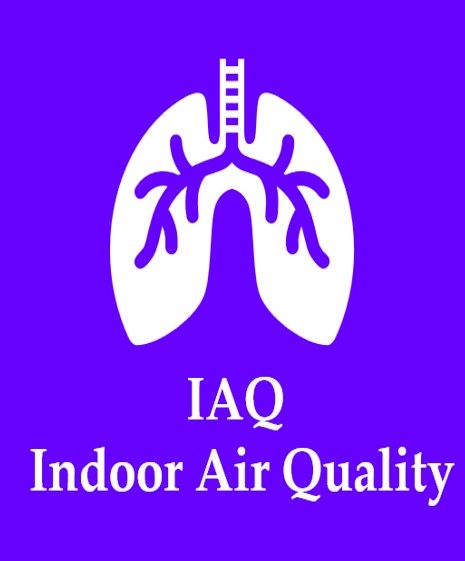
IAQ Indoor Air Quality
1stPOSS Services
According to the EPA indoor Air Quality (IAQ) refers to the air quality within and around the building and structures, especially as it relates to the health and comfort of buildings occupants. Understanding and controlling common pollutants indoors can help reduce your risk of indoor health concerns. LEED says that managing indoor air quality is an important part of operating a LEED building and USGBC (LEED) has outlined existing LEED strategies and resources to help guide teams in improving indoor environments.
Indoor Air Quality has both immediate and long-term health effects and exposure to these pollutants can be immediate or show up years later. Sources of ‘pollutants’ are many, and the level of how hazardous any particular pollutant depends on how much, what kind, how old and the source and other factors. Some of these concentrations of pollutants remain air borne for extended periods of time long after the activity that create them has ended. Along with our “favorite’ household cleaning products, emitting ‘volatile Organic Compounds (VOCs) our stoves and heaters, fireplaces and chimneys are sources as well for pollutants in your indoor air. Certain populations are disproportionately impacted by indoor air quality which can trigger events in asthma patients. Secondhand smoke, mold, radon and other pollutants affects children, elderly, low-income, minority as well as tribes and indigenous people continue to top the list of with health concerns.
- Phone
- Email
- Website
- Address3010 Wilshire Blvd. LA
IAQ Indoor Air Quality
Our ‘government’ refers to the air quality within and around buildings and structures, especially as it relates to the health and comfort of buildings occupants. LEED refers to indoor Environmental Quality (IEQ) encompasses the conditions inside a building – air quality, lighting, thermal conditions, ergonomics – and their effects on occupants or residents. Knowing and understanding the controls for common pollutants indoors can help reduce your risk of indoor health concerns. Creating a better indoor environmental quality can enhance the lives of building occupants, increase the resale value of the building, and reduce the liability for building owners.
Remember, individuals with compromised immune systems such as diabetes, heart or lung disease as well as children and the elderly are more sensitive to the health effects of air pollution, indoor and outdoor! Air pollution, indoor or outdoor is a complex mixture of gases and small particles suspended in the air and how you are affected is dependent on how much of the pollutant is in the air, how long a person is exposed, as well as other health factors such as current conditions, age, and genetic background. Air pollution effects all of us in some way.
Scope of Work
We, Americans, are indoors nearly 90% of our time and more than half of this time is spent in the home and since COVID, we are increasingly spending more time inside our homes. To think about your homes indoor air quality, just look at all the cleaning supplies, including air fresheners that produce organic gases. Those insecticides or pesticides you may have. Your car parked in an attached enclosed garage, unvented gas appliances, furry pets, the carpet with biological or organic gases and tile on the floor, tiles containing asbestos and even the fireplace. These are just some of the issues that you should be concerned about when it comes to you indoor Air Quality!
The condition or fitness of your ‘building or homes’ envelope factors greatly on the quality of your indoor air but first let’s define ‘building or home envelope. Purely stated, a building envelope is the interior and exterior of a building. Technically, a building envelope is the physical separator between the conditioned and unconditioned environment of a building including the resistance to air, water, heat, light and noise transfer.
This is the building enclosure that is includes the foundation, wall assembly, roofing systems, (attic etc..) glazing or windows, doors and all other penetrations. These systems must all function together to give you the most effective and efficient ‘building envelope’. The ‘building envelope’ has many functions, however the main function areas are; support, regulator and aesthetics or how it looks or appeals to the owner. Support, to ensure strength against internal and external forces, that regulates or controls the exchange of water, air and heat between the interior and exterior and aesthetics, how appealing and how does it support other functions. This is your building envelope.
